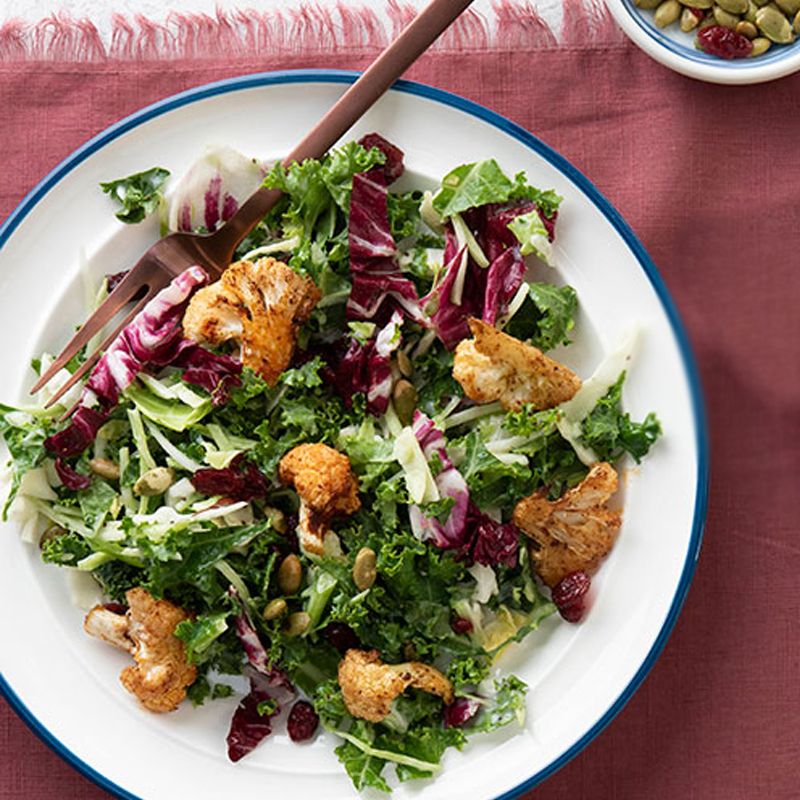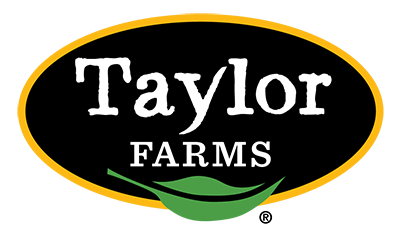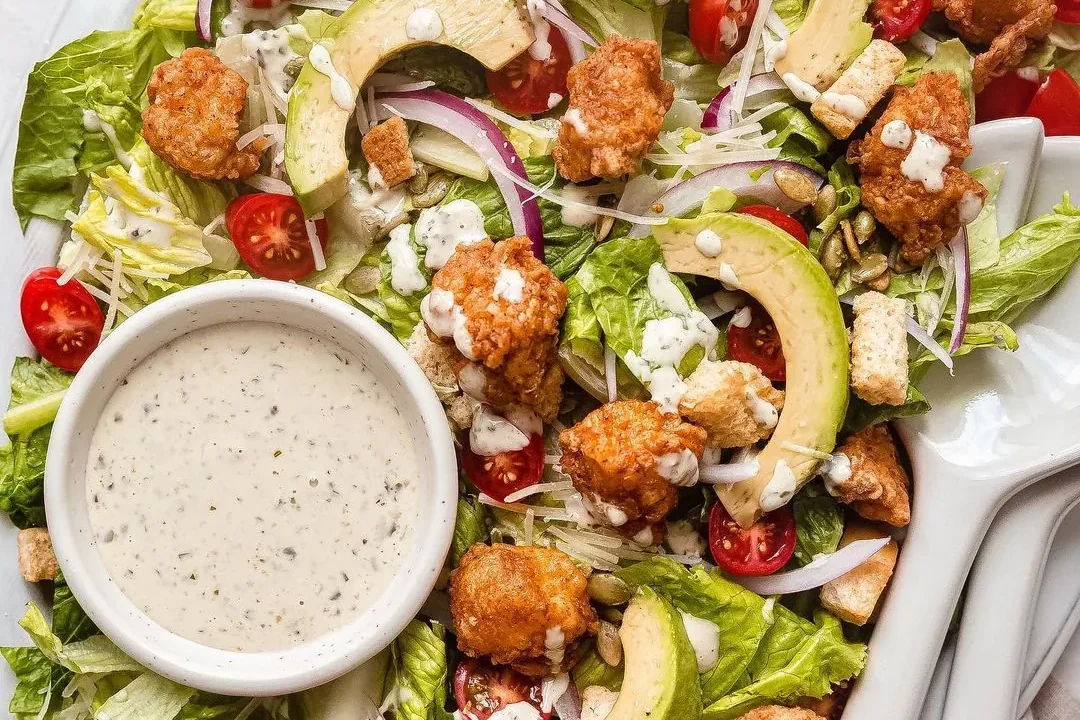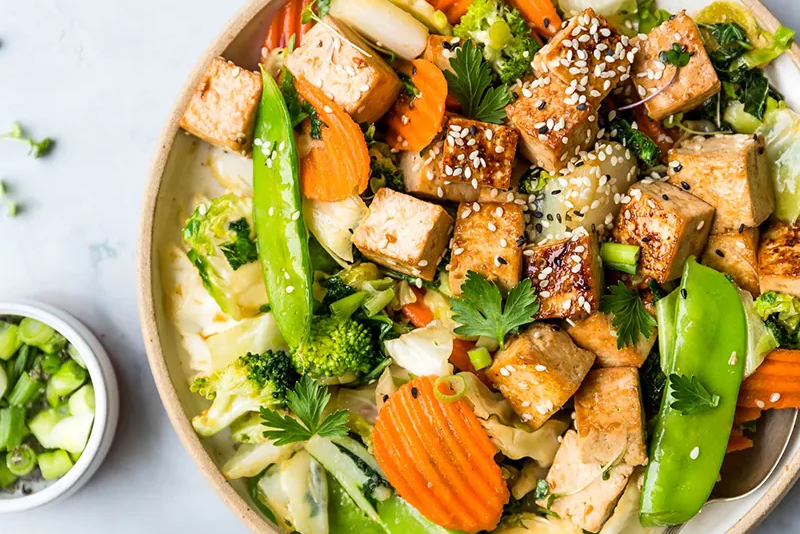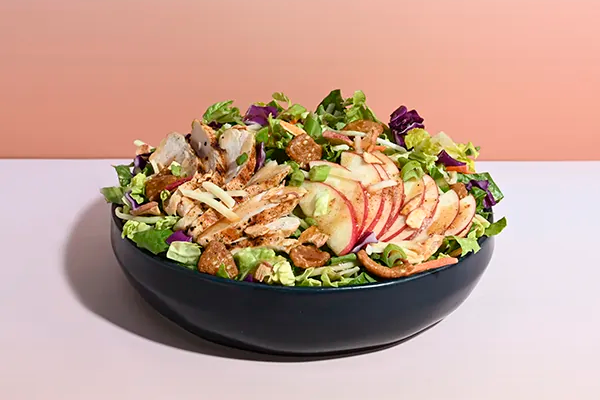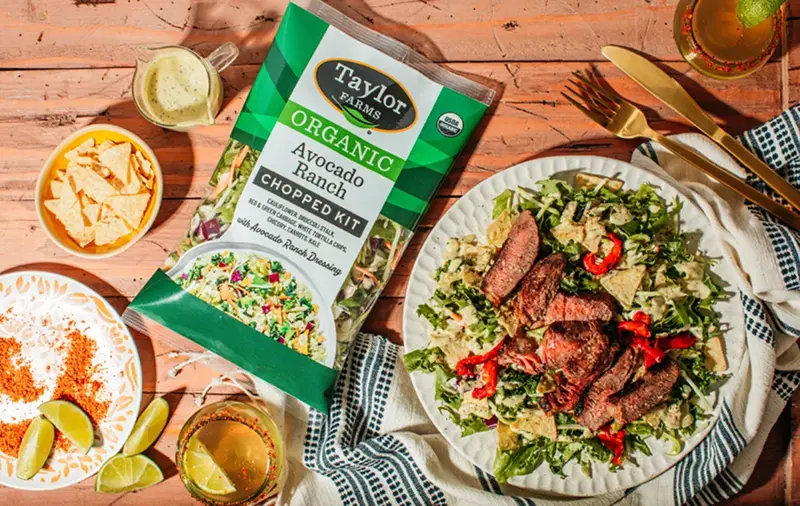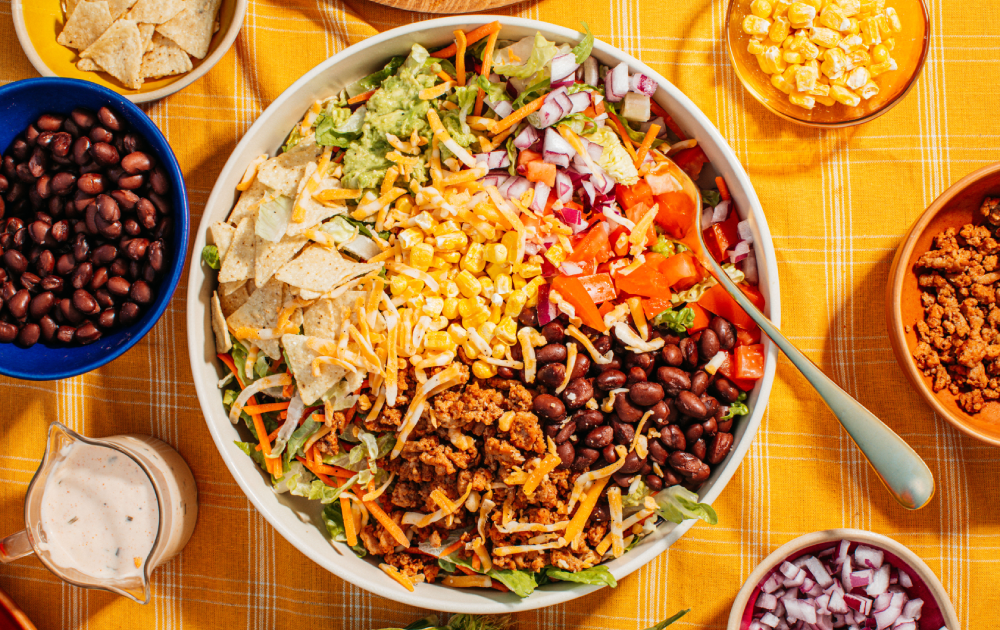Meal Prep Recipes
Weekday cooking is hard. Whether you’re preparing full meals or just prepping ingredients all at once for quicker assembly during your busy week, meal prep meals are a tasty and curated way to keep your hunger and your budget in check. If you’re looking to save time, eat healthier, meet your nutrition goals, reduce food waste—and best of all, save money!—meal prepping is the way to go.
We’ve got a lot of meal prep ideas, including easy ways to use Taylor Farms products straight out of the bag to make your life a whole lot easier.
For example, our salad kits or chopped salad kits are the ultimate pre-prepped healthy meals—requiring no effort on your part except to open the bag and do a little mixing.
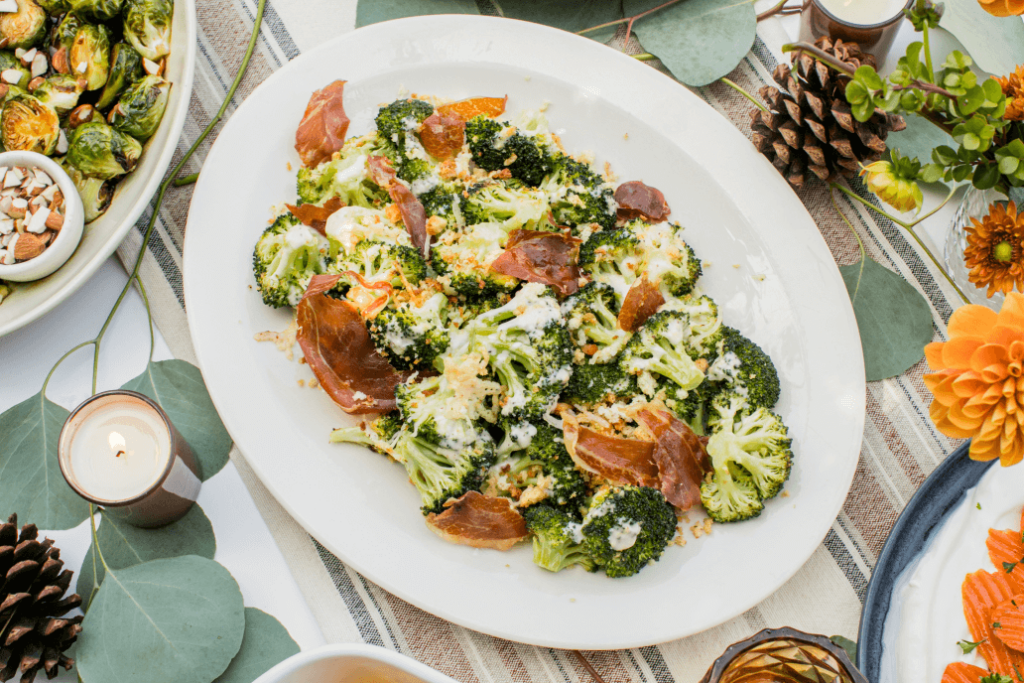
Broccoli Caesar Salad with Crispy Prosciutto
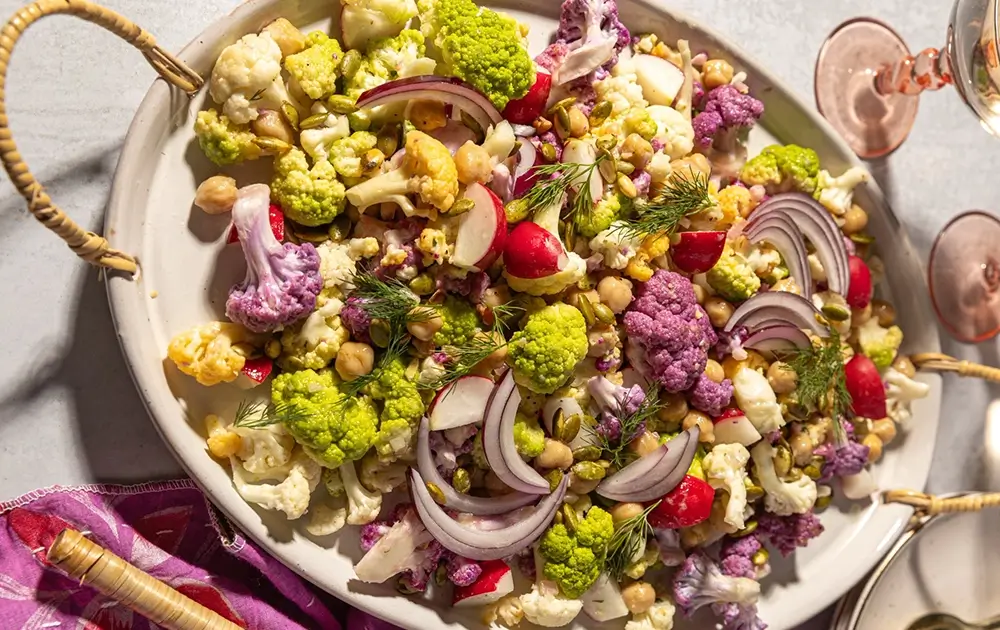
Rainbow Cauliflower & Dijon Chickpea Salad
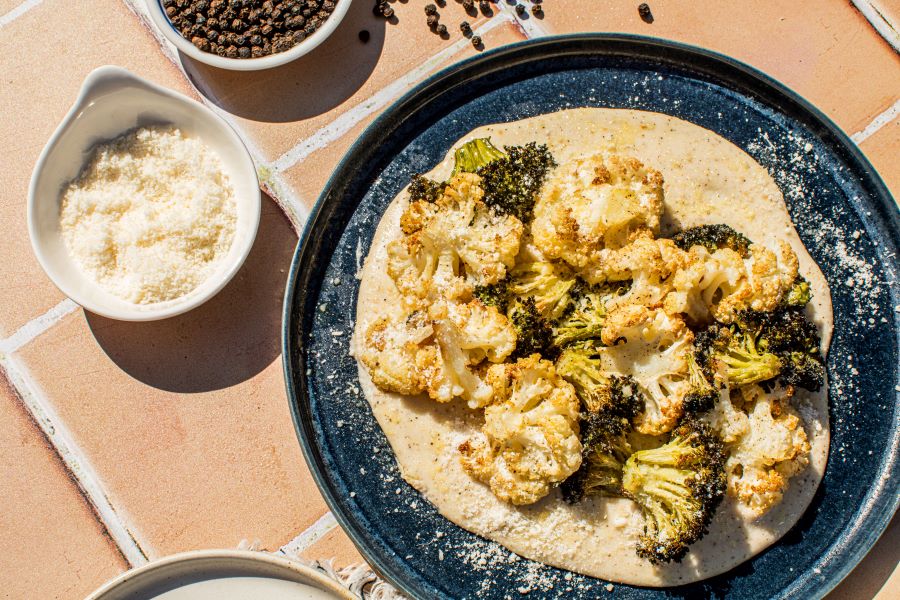
Roasted Broccoli & Cauliflower Cacio e Pepe
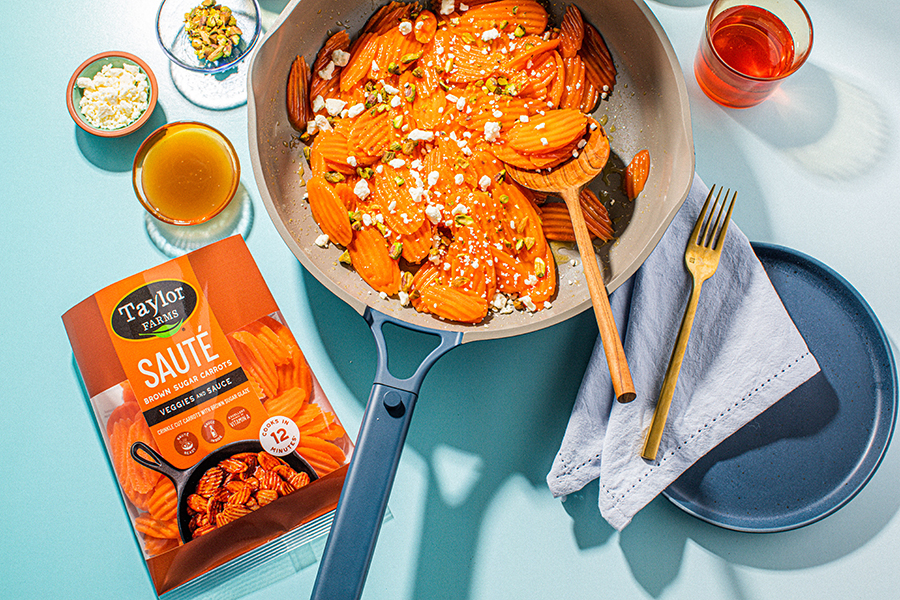
Brown Sugar Carrots with Feta and Pistachios
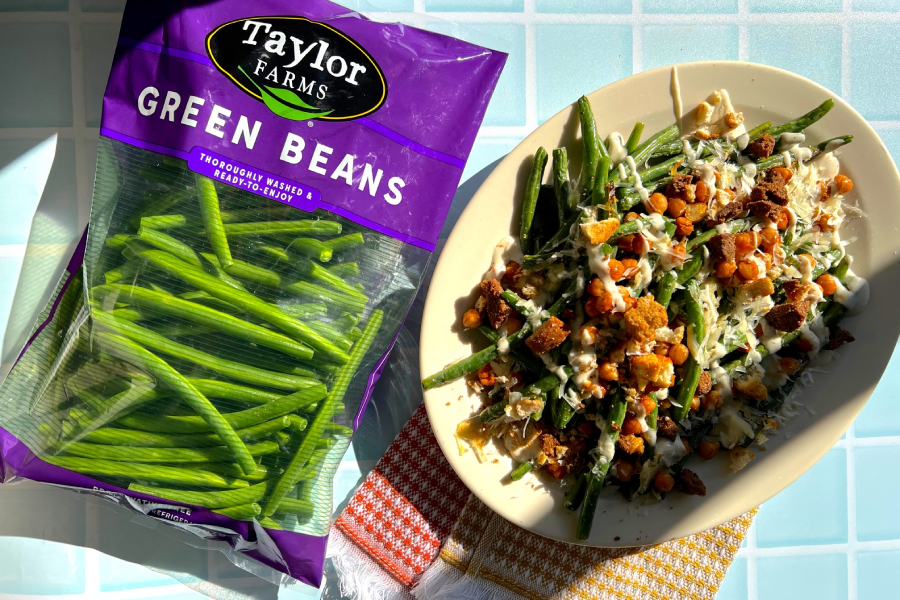
Roasted Green Bean Caesar Salad
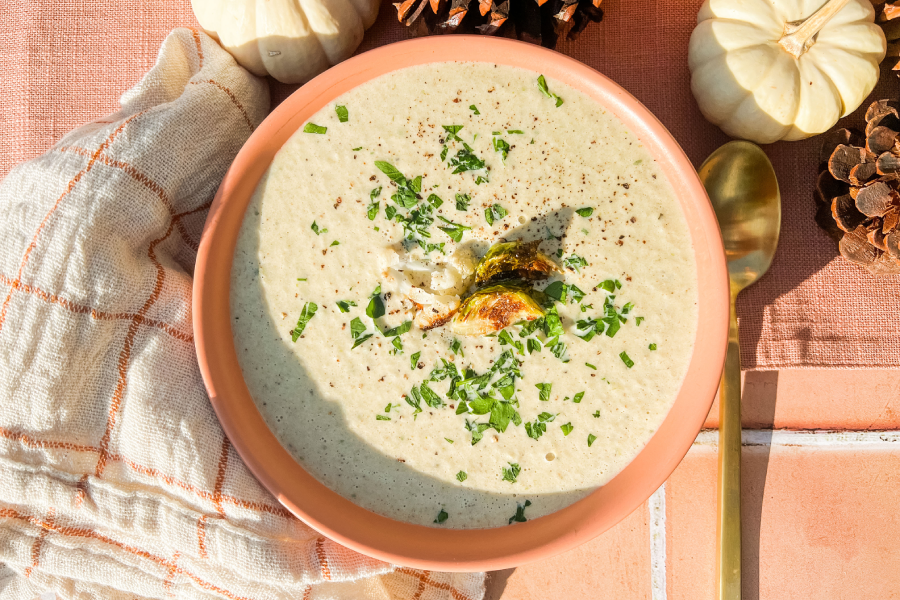
Roasted Cauliflower and Brussels Sprouts Soup
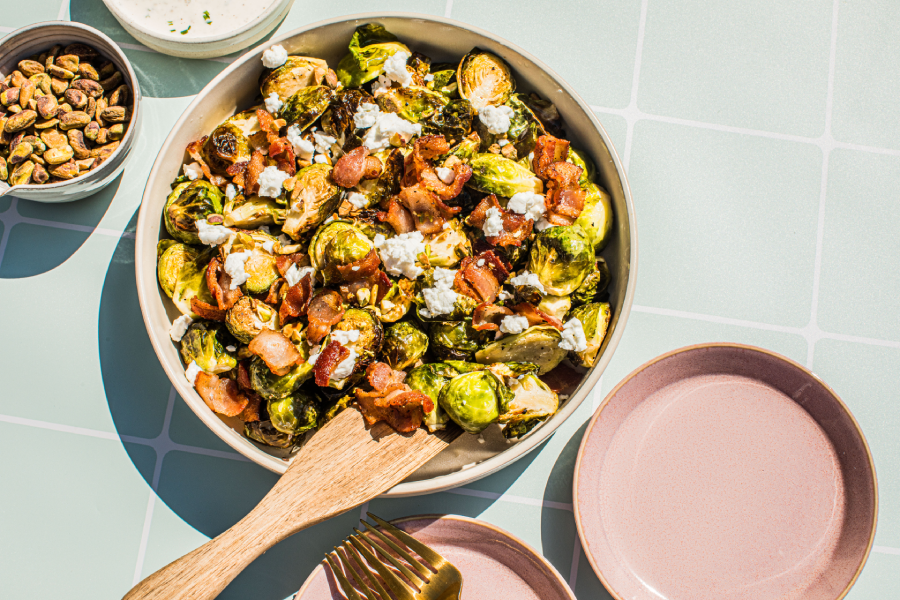
Air Fryer Brussels Sprouts with Goat Cheese, Bacon, and Pistachios Recipe
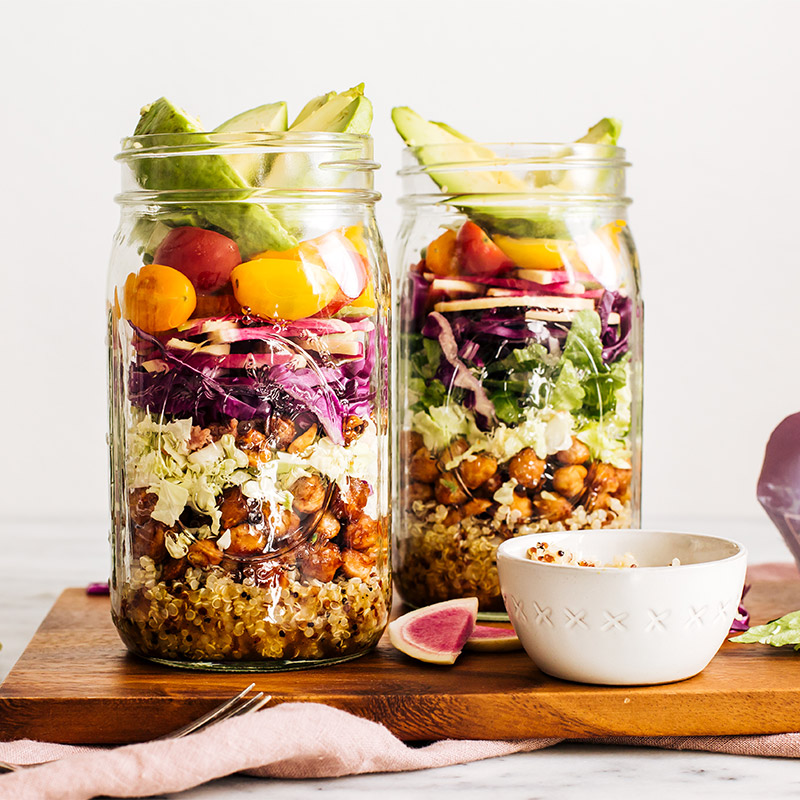
BBQ Maple Chickpea Salad in a Jar
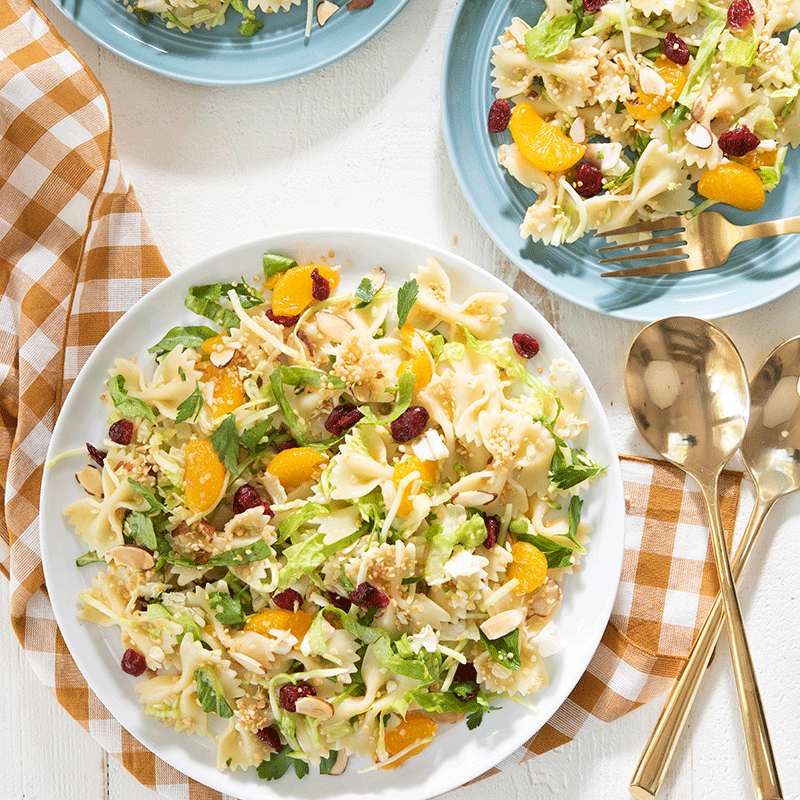
Mandarin & Sunflower Chopped Pasta Salad
